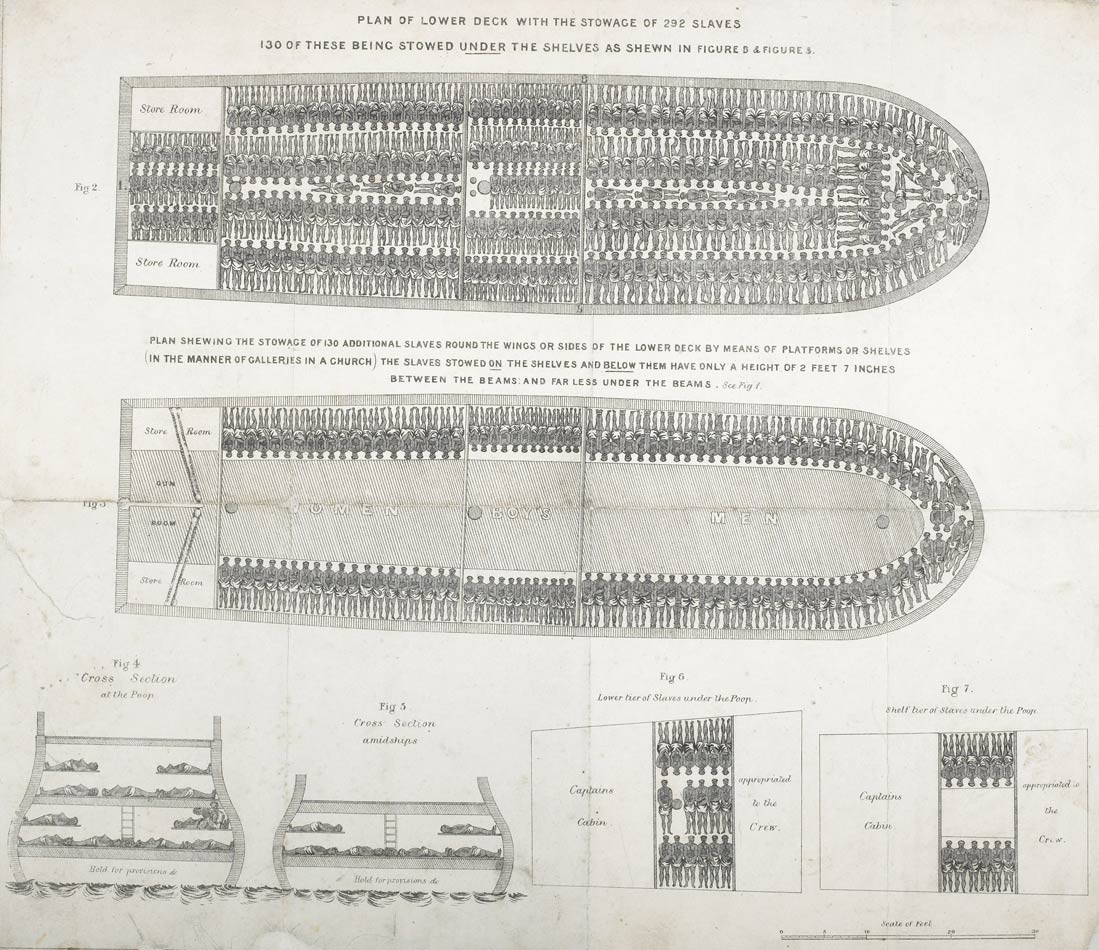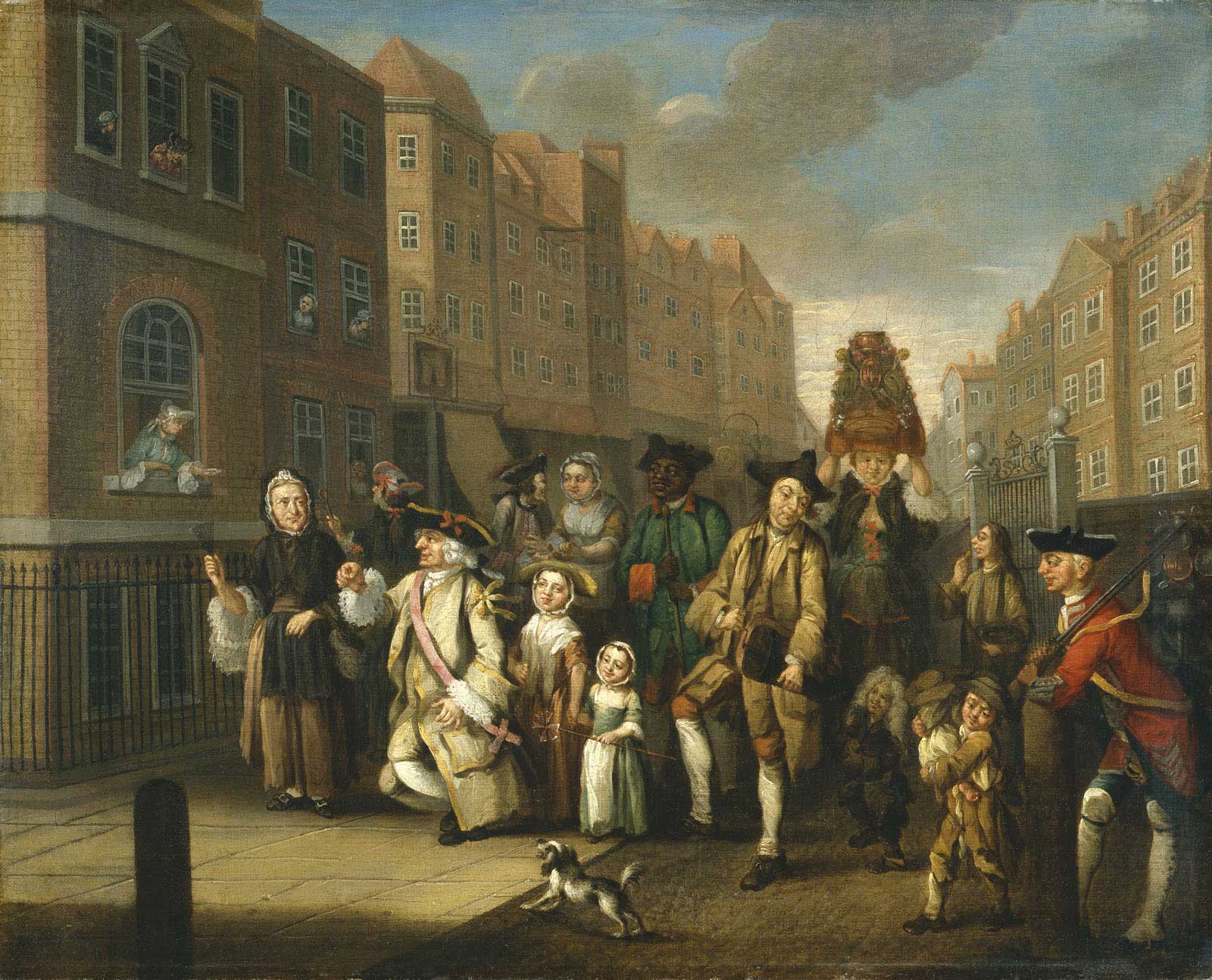London, Sugar and Slavery
I recently visited the Museum of the London Dockland's 'London, Sugar and slavery' exhibition. The experience was shocking. The very building the gallery was held in was used to store the West Indian sugar and tobacco, tainted by the blood of enslaved men women and children.
 |
| The museum is a converted warehouse |
The exhibition included the expected exhibits of chains, whips and irons to demonstrate the terrible brutality of the trade. These were all interactive, visitors have the opportunity to lift the chains of a slave-labourer to feel the perpetual burden bourne by the enslaved. It also housed the infamous diagram of the Liverpool slaver Brookes to illustrate the awful squalor as Africans crossed the Middle Passage.
 |
| The arrangement of the 609 enslaved Africans aboard Brookes |
In my opinion, the most fascinating and hideous exhibits were those portraying the economics of slavery. The manner in which African men, women and children were reduced to mere numbers and profit margins has an emotional effect. It clarifies the underlying motive for the trade, the production of goods. This goal was achieved at the expense of all else, the moral degradation of the perpetrators, the hypocrisy of the clergy, and the dehumanisation of the enslaved. The most horrific statistic on offer was a comparison of the cost of breeding and raising slaves and buying human beings from African markets. The figure of 5 pounds to account for raising a child is devoid of the sacred nature of parenthood. It is omissive of the unnatural crime of passing the bondage of slavery onto a newborn, a distorted form of original sin.
The economics were also fascinating because they were not as prosperous as expected. The exhibition asserted that one of the secondary reasons for abolition, besides slave rebellions and an awakening of the European consciousness against the evils prevalent in the trade, was the poor cost effectiveness of slave labour. The enduring argument that slavery is the final form of Capitalism is simply false.
A curious product of slavery and early globalisation was the presence of Africans in Britain throughout the age of exploration. In 1764, there were 30,000 people of African descent living in the United Kingdom. This exemplifies that there has never been a homogenous, white, purely 'British' island, contrary to the ideals of eccentrics on the far right. Even Hadrian's Wall was manned by Africans. Artwork further demonstrates this diversity, John Collet's 1770 'May Morning' shows an African servant participating in a traditional London festival, during the peak of the slave trade.
 |
| Black and British - John Collet's May Morning |
This exhibition was absolutely brilliant and whilst harrowing, I definitely recommend it to anyone, as you learn about what it is to be British in addition to the specifics of the slave trade. It is extremely interactive, with visual aids proving extremely effective in educating visitors. It is a credit to the Museum of the Docklands that such a quality display is free for all. I have begun reading Kenneth Morgan's Slavery and the British Empire to learn more about this evil trade, and my country's complicity within it.
More information available here: https://www.museumoflondon.org.uk/museum-london-docklands/permanent-galleries/london-sugar-slavery
Comments
Post a Comment